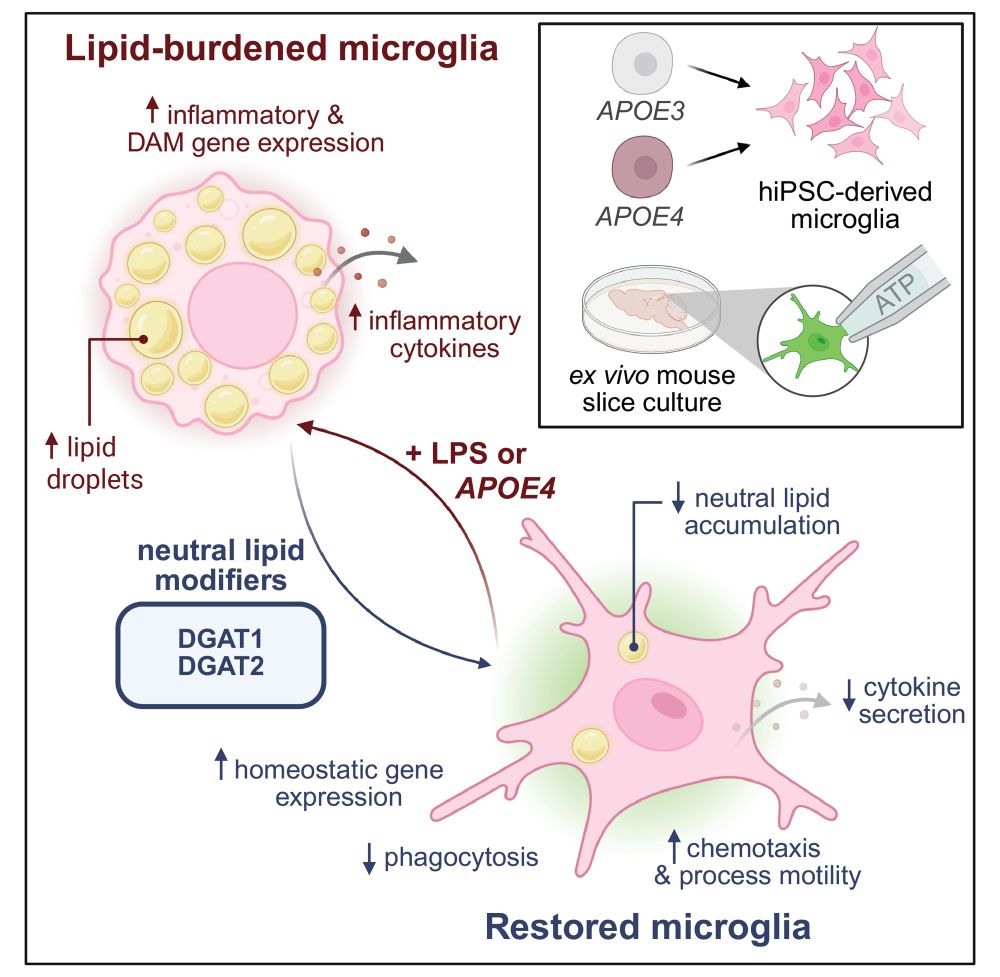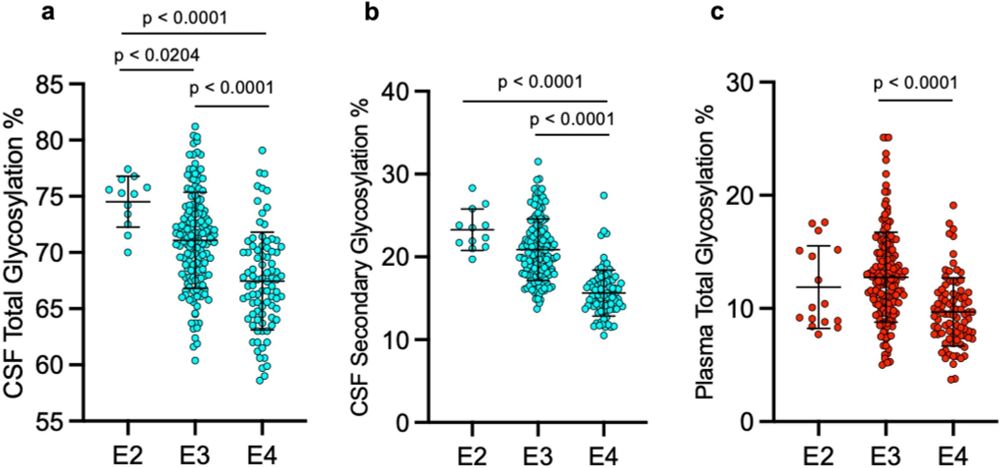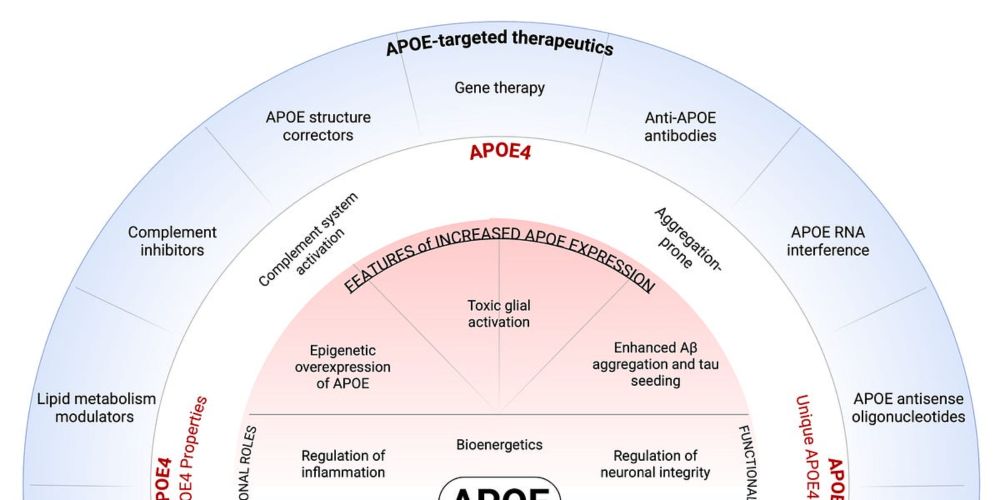
A good analysis by the Guardian explaining how associations are often not causations. Love the heat and Ice cream analogy..

A good analysis by the Guardian explaining how associations are often not causations. Love the heat and Ice cream analogy..
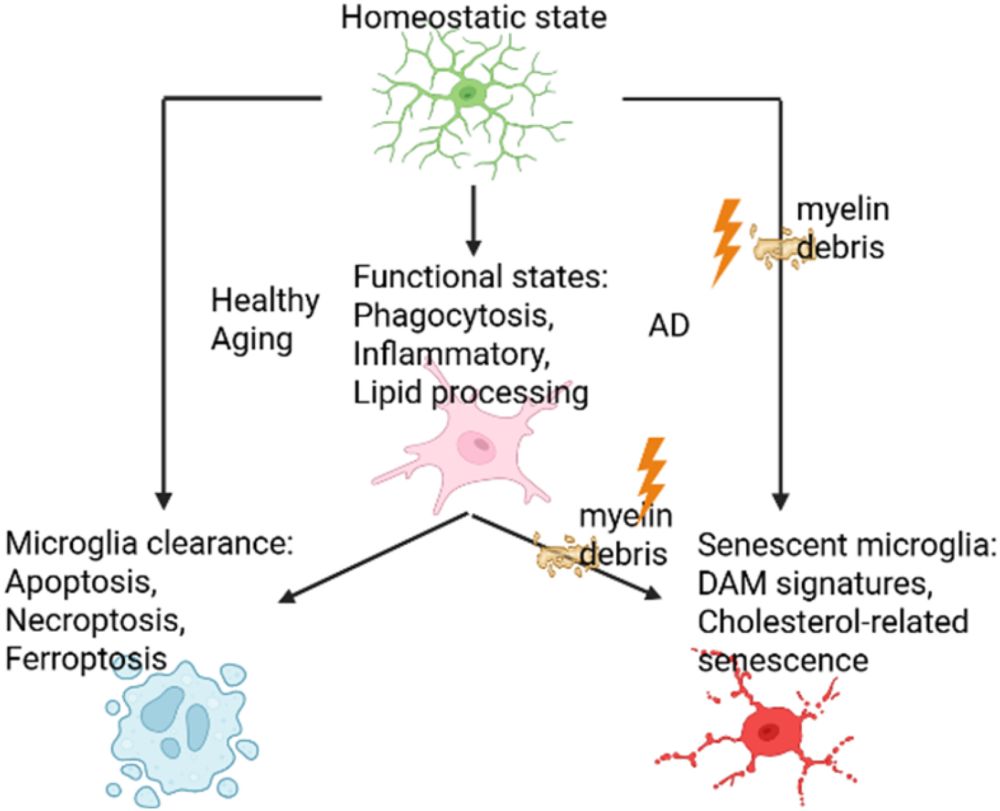
Great work by a fantastic team!

Great work by a fantastic team!
#Alzheimers #dementia #DownSyndrome #WomensHealth @elizabethhead.bsky.social

#Alzheimers #dementia #DownSyndrome #WomensHealth @elizabethhead.bsky.social
SNAP Food Program Linked to Slower Cognitive Decline in Older Adults www.nytimes.com/2025/07/30/w... by @smithdanag.bsky.social via @nytimes.com CC: @yassinelab1.bsky.social

Learn more about the Research, Education, Component (REC) and REC scholars: naccdata.org/adrc-resourc...
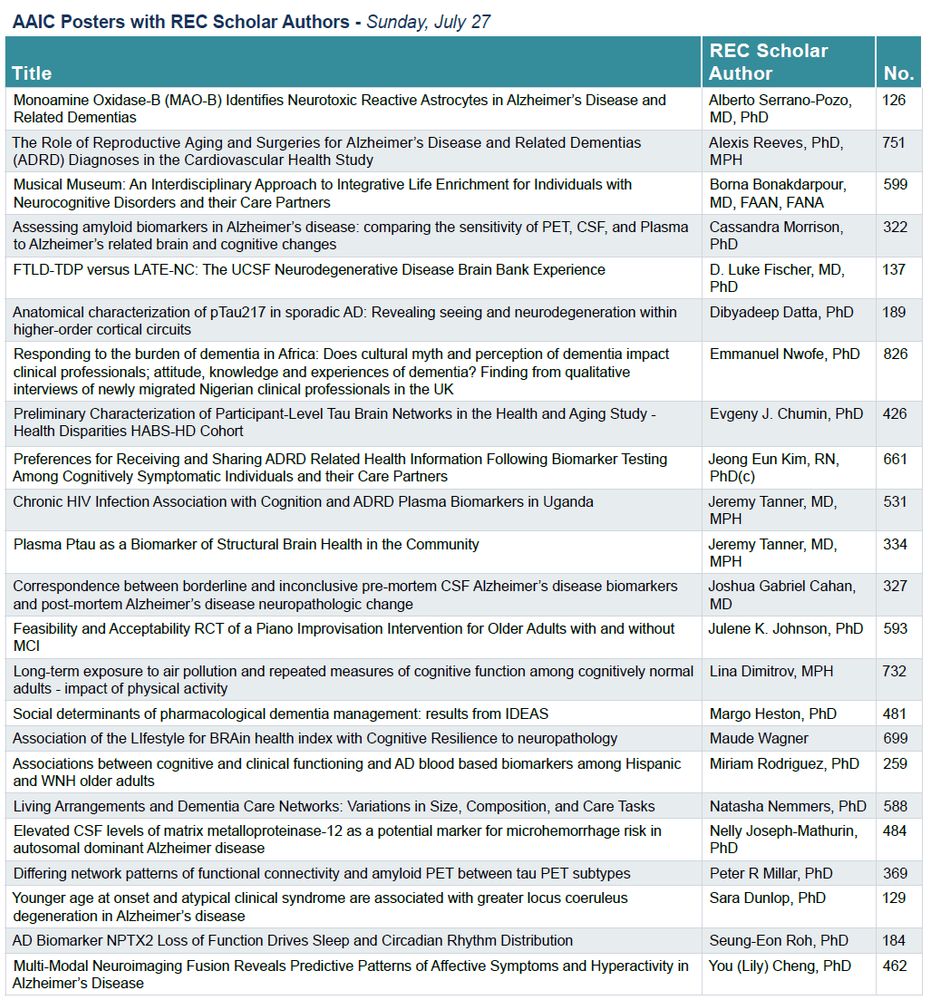
Learn more about the Research, Education, Component (REC) and REC scholars: naccdata.org/adrc-resourc...
@uscpsychology.bsky.social @oxfordunipress.bsky.social
academic.oup.com/psychsocgero...
We uncovered links between triglyceride metabolism, microglial activation, and our favorite—APOE! 🧬🔥🧫🔬
Led by the amazing Dr. Roxan Stephenson, with a fantastic team of collaborators. Super proud of this one!
Check it out 👇🏽
www.cell.com/cell-reports...
Yay team! 🙌🏽
